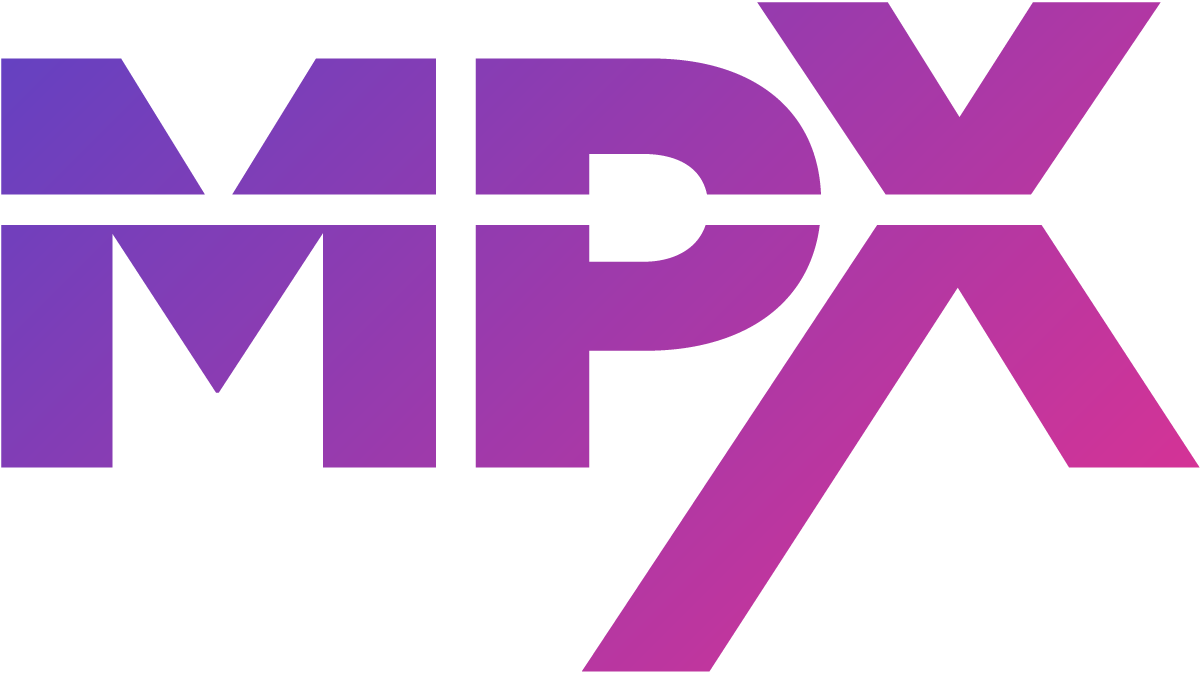The Ultimate Guide to Inventory Management for Small Businesses
Inventory management is one of the most important aspects of running a small business.
It can have a significant impact on your bottom line, both in terms of costs and profits. If you don't manage your inventory effectively, you could end up with too much stock, which can lead to financial losses.
Or you could end up with too little stock, which can lead to lost sales.
What is inventory management?
Inventory management is the process of planning, organising, and controlling the flow of inventory into and out of a business.
It involves tracking the quantity and location of inventory, as well as the costs associated with it. The goal of inventory management is to ensure that you have the right amount of inventory on hand to meet customer demand while minimising costs.
Why is inventory management important for small businesses?
Inventory management is important for all businesses, but it's especially important for small businesses.
This is because small businesses typically have fewer financial resources than larger businesses, so they can't afford to make mistakes with inventory. Effective inventory management can help small businesses to:
· Reduce costs
· Increase profits
· Improve customer service
· Make better business decisions
· Stay competitive
The different types of inventory management systems
There are a number of different inventory management systems available, each with its own advantages and disadvantages. The best system for your business will depend on a number of factors, such as the size of your business, the type of products you sell, and your budget.
Some of the most common inventory management systems include:
· Manual inventory management: This is the simplest and most basic type of inventory management system. It involves tracking inventory levels manually, using spreadsheets or other tools.
· Barcode inventory management: This system uses barcodes to track inventory levels. Barcodes are attached to products, and when a product is sold, the barcode is scanned. This information is then updated in the inventory management system.
· Point-of-sale (POS) inventory management: POS systems are used to track sales and inventory levels. They can be used to track inventory in real-time, and they can also be used to generate reports on inventory levels and sales trends.
· Cloud-based inventory management: Cloud-based inventory management systems are hosted on the Internet. This means that you can access them from anywhere, at any time. Cloud-based systems are often more scalable than other types of inventory management systems, and they can be more affordable.
How to choose the right inventory management system for your business
When choosing an inventory management system, there are a number of factors you need to consider, such as:
· The size of your business
· The type of products you sell
· Your budget
· Your technical skills
· Your desired level of automation
Once you've considered these factors, you can start to narrow down your options. It's a good idea to get quotes from several different vendors before making a decision.
The key steps to effective inventory management
There are a number of key steps to effective inventory management. These include:
· Creating an inventory list: This is a list of all the products you sell, along with their quantity and location.
· Setting reorder points: This is the level at which you need to order more inventory.
· Tracking inventory levels: This involves regularly checking your inventory levels to make sure they are accurate.
· Placing orders: When your inventory levels reach your reorder points, you need to place orders for more inventory.
· Receiving inventory: When you receive inventory, you need to check it to make sure it is the correct quantity and quality.
· Storing inventory: You need to store your inventory in a safe and secure location.
· Managing inventory costs: You need to track your inventory costs and make sure they are not too high.
· Avoiding inventory shrinkage: Inventory shrinkage is the loss of inventory due to theft, damage, or other factors. You need to take steps to prevent inventory shrinkage.
How To Track Your Inventory
There are a number of ways to track your inventory. You can use a manual system, such as a spreadsheet or a physical inventory list. And you can also use a barcode inventory management system, a point-of-sale (POS) system, or a cloud-based inventory management system.
Barcode inventory management systems are one of the most popular ways to track inventory. They use barcodes to identify products, and when a product is sold, the barcode is scanned. This information is then updated in the inventory management system.
Point-of-sale (POS) systems are another popular way to track inventory. POS systems are used to track sales and inventory levels. They can be used to track inventory in real-time, and they can also be used to generate reports on inventory levels and sales trends.
Cloud-based inventory management systems are hosted on the internet. This means that you can access them from anywhere, at any time. Cloud-based systems are often more scalable than other types of inventory management systems, and they can be more affordable.
The best way to track your inventory will depend on the size of your business, the type of products you sell, and your budget. If you have a small business and you sell a limited number of products, you may be able to get away with using a manual system.
However, if you have a large business or you sell a wide variety of products, you may need to use a more sophisticated inventory management system.
No matter which system you choose, it is important to track your inventory regularly.
This will help you to ensure that you have the right amount of inventory on hand to meet customer demand while also reducing costs.
